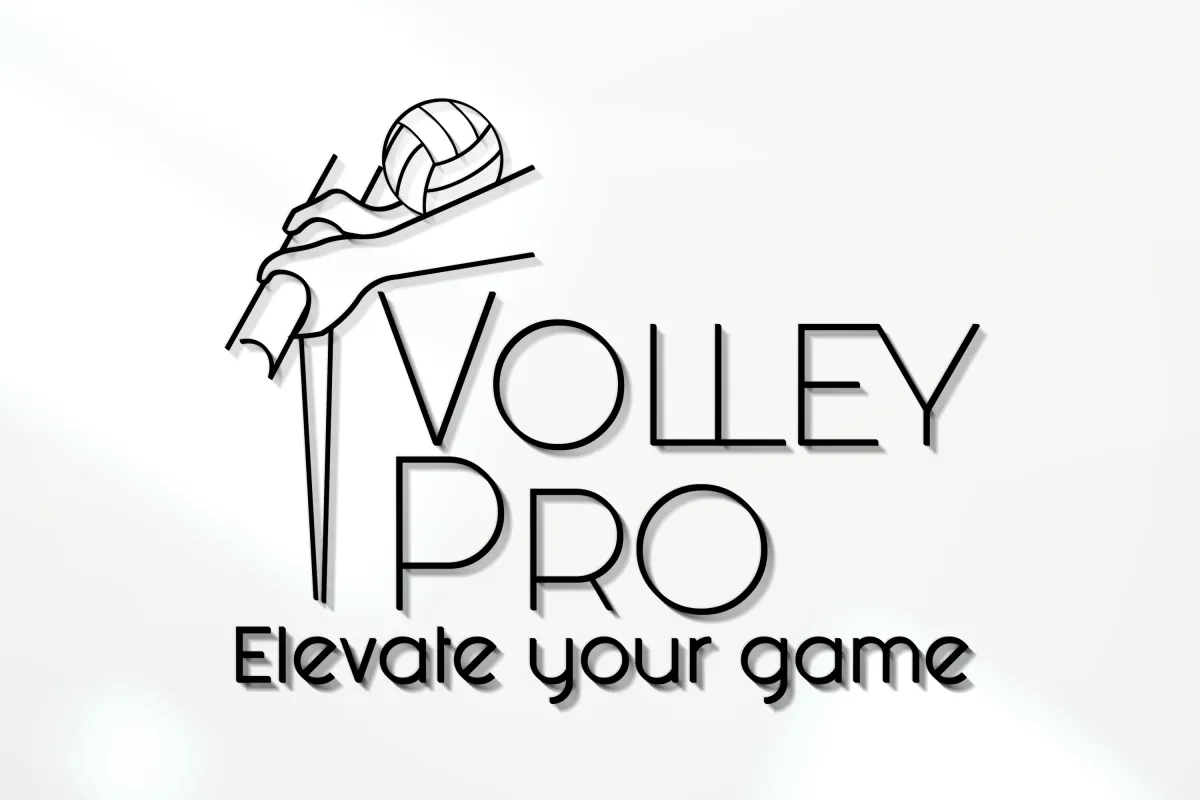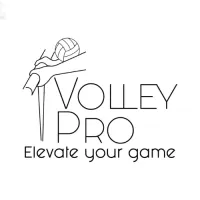
Read Our Blogs

Volleyball and Recovery: Optimizing Your Body for Peak Performance
Volleyball is a demanding sport that pushes athletes to their physical limits. The explosive jumps, rapid changes in direction, and powerful swings take a toll on the body, making recovery an essential part of any volleyball player's routine. Ignoring recovery can lead to fatigue, muscle soreness, decreased performance, and an increased risk of injuries. Prioritizing recovery, on the other hand, allows you to train harder, play stronger, and extend your volleyball journey.
Why Recovery Matters: The Science of Rejuvenation
Recovery is not just about resting; it's about actively supporting your body's natural healing and rebuilding processes. Here's why it's crucial for volleyball players:
Muscle Repair and Growth: Intense training and competition cause microscopic tears in muscle tissue. Recovery allows your body to repair these tears and rebuild muscle fibers, making them stronger and more resilient. This process is essential for improving strength, power, and endurance.
Reduced Muscle Soreness: Delayed onset muscle soreness (DOMS) is a common experience for athletes, often peaking a day or two after intense activity. Recovery strategies like stretching, foam rolling, and massage can help alleviate muscle soreness and stiffness, allowing you to train more consistently and effectively.
Injury Prevention: Overtraining and inadequate recovery can lead to overuse injuries, hindering your progress and potentially sidelining you from the court. Proper recovery allows your body to repair damage and rebuild tissues before they become overstressed and injured, reducing the risk of strains, sprains, and other common volleyball injuries.
Improved Performance: When you're well-rested and recovered, you can perform at your best on the court. Recovery helps improve your energy levels, focus, reaction time, and overall athleticism. This translates to better decision-making, quicker movements, and more powerful plays.
Enhanced Longevity: Prioritizing recovery can help extend your volleyball career by reducing wear and tear on your body and preventing overuse injuries. By taking care of your body, you can continue to enjoy the sport you love for years to come.
Recovery Strategies: A Holistic Approach
Recovery is not a one-size-fits-all approach. It involves a combination of strategies tailored to your individual needs and training regimen. Here are some key components:
Sleep: Sleep is the cornerstone of recovery. During sleep, your body releases growth hormone, which is essential for muscle repair and growth. Sleep also allows your body to restore energy levels and consolidate memories, improving cognitive function and focus. Aim for 7-9 hours of quality sleep each night. Create a relaxing bedtime routine, and optimize your sleep environment for restful slumber.
Nutrition: Proper nutrition provides your body with the building blocks it needs to recover and rebuild. Consume a balanced diet with adequate carbohydrates for energy, protein for muscle repair, and healthy fats for overall health. Pay attention to your nutrient timing, ensuring you refuel your body with the right nutrients after training and competition.
Hydration: Staying hydrated is crucial for recovery, as it helps transport nutrients to muscles, flush out waste products, and regulate body temperature. Drink plenty of water throughout the day, especially during and after training or competition. Consider electrolyte drinks to replenish lost minerals after intense activity.
Active Recovery: Active recovery involves engaging in light activities, such as walking, swimming, or cycling, to promote blood flow, reduce muscle soreness, and enhance recovery. These activities help flush out waste products, deliver nutrients to muscles, and prevent stiffness.
Stretching: Stretching helps improve flexibility, reduce muscle tension, and promote recovery. Incorporate both static stretching (holding stretches) and dynamic stretching (moving stretches) into your routine. Static stretching is best done after activity, while dynamic stretching is ideal for warming up before training or competition.
Foam Rolling: Foam rolling, also known as self-myofascial release, can help release muscle tension, improve flexibility, and promote blood flow. By applying pressure to specific areas, you can break up knots and adhesions in muscles and connective tissue, reducing soreness and improving mobility.
Massage: Massage can help reduce muscle soreness, improve circulation, and promote relaxation. A sports massage can target specific muscle groups, address areas of tension, and enhance recovery. Consider seeking out a qualified massage therapist who specializes in sports massage.
Cold Therapy: Applying ice or cold packs to sore muscles can help reduce inflammation and pain. Cold therapy constricts blood vessels, reducing swelling and numbing the area. It's most effective in the immediate aftermath of intense activity.
Compression: Wearing compression garments can help reduce swelling and promote blood flow. Compression garments apply gentle pressure to muscles, helping to reduce inflammation and improve circulation. They can be worn during or after activity.
Integrating Recovery into Your Routine:
Recovery is not something you do only after a major competition or injury. It should be an integral part of your daily routine. Here are some tips for integrating recovery strategies:
Schedule recovery time: Just as you schedule training sessions, schedule time for recovery activities like stretching, foam rolling, or getting a massage. This ensures that recovery becomes a consistent part of your routine.
Listen to your body: Pay attention to signs of fatigue, soreness, or pain. Don't push yourself beyond your limits. If you're feeling overly tired or sore, take a rest day or opt for a lighter activity.
Prioritize sleep: Make sleep a priority. Establish a regular sleep schedule, create a relaxing bedtime routine, and optimize your sleep environment for quality rest.
Fuel your body: Eat a balanced diet that supports your training and recovery needs. Focus on whole, unprocessed foods, and ensure adequate intake of carbohydrates, protein, and healthy fats.
Stay hydrated: Carry a water bottle with you and sip water throughout the day. Increase your fluid intake during and after training or competition.
Vary your recovery methods: Don't rely on just one recovery strategy. Incorporate a variety of methods, such as stretching, foam rolling, active recovery, and massage, to address different aspects of recovery.
Be patient: Recovery takes time. Don't expect to feel completely recovered overnight. Be patient with your body and allow it the time it needs to heal and rebuild.
By prioritizing recovery and incorporating these strategies into your routine, you can optimize your body's healing and rejuvenation process, prevent injuries, and maintain peak performance on the volleyball court. Remember, recovery is not a luxury; it's an investment in your athletic longevity and overall well-being.
Reserve your Volley Pro now and support your volleyball journey with effective recovery strategies!

Reliable, professional pressure washing services for pristine results.
Copyright Volley Pro 2025. All rights reserved
